Before I get started with this week’s neighborhood, I want to welcome those of you who recently found this newsletter via last week’s article on Gothamist. If you haven’t seen the piece, it features little write-ups of some neighborhoods I’ve visited over the past year, like Lighthouse Hill, Pigtown, and Meadowmere. If you want to read the whole thing, here is a link.
In conjunction with the Gothamist piece, I was also interviewed by WNYC, confirming what I have suspected all along: if a vacancy opens up in the Prairie Home Companion hosting chair, I will not be getting a call. Though I learned I truly have a voice for newsletters, it was surreal to be featured on the very station that I have spent so many hours listening to while traveling around the city working on this project.
Anyway, thanks so much to all subscribers, new and old, who make this project possible!
Oh Snak
Clason Point is one of three peninsulas that make up the Bronx’s southeastern border, a triangular protuberance poking out into the East River. The Bronx River and Pugsley Creek make up the neighborhood’s other aquatic borders.
The very first Bronx neighborhood I wrote about was Castle Hill, which sits just across Pugsley Creek on the same peninsula. In that newsletter, I wrote that the Siwanoy tribe that lived in Castle Hill called the area Snakapins.
Recent research has led me to believe that the entirety of Clason Point was once called Snakapins. If there is one thing I’ve learned while working on this project, it's that there is never a consensus as to where one border ends and another begins. This is even more true when looking back hundreds of years.
The translation of Snakapins is “land by the two waters," which doesn’t clear up matters at all. In any event, I’ve gotten to write the word Snakapins four times now, so that’s a victory in my book.
NECKS
The area’s first European settler was Thomas Cornell, whose descendants include Cornell University founder Ezra Cornell, Amelia Earhart, Jimmy Carter, Richard Nixon, and Bill Gates. Cornell was friends with John Throckmorton, and the two had adjoining estates in today’s Throggs Neck.
In 1643, both their farms were looted and burned by the Siwanoy. Earlier that year, then Director-General of New Netherland, Willem Kieft, went rogue and orchestrated two coordinated attacks on the Lenape, with whom the Dutch had been co-existing peacefully for the past two decades. The indiscriminate massacre of hundreds of Lenape in their sleep sparked off two years of intense fighting known as Kieft’s War.
Throckmorton and Cornell escaped the raid unharmed, though fellow Massachusetts Bay religious exile Anne Hutchinson was not so lucky. Three years later, with some semblance of peace restored, Cornell decided it was high time for his own neck. He asked for and was granted a patent on the next peninsula over, a parcel of land encompassing four square miles that he called, predictably, Cornell’s Neck.
After he died, his daughter Sarah inherited Cornell’s Neck. His son, Thomas Jr., took over the family homestead in Portsmouth, Rhode Island. The will stipulated that Cornell’s widow, Rebecca, would get to stay in the home and collect rent from her son. She occupied the entire first floor while Thomas Jr., his wife Sarah Earle, and six kids crammed into the upper floor. Rebecca and Sarah Earle couldn’t stand each other, and Thomas, resentful of the whole arrangement, sometimes refused to pay his rent. By all accounts, it was a fraught relationship.
Then, on the night of February 8th, 1673, one of Thomas' kids went to check on his grandmother and found her smoldering on the floor of her room, charred beyond recognition. Accidentally setting oneself on fire was a common occurrence in the 17th century, and after a brief inspection, the coroner ruled Rebecca’s death an accident.
Two days after the burial, his opinion had changed. Thomas’ uncle, John Briggs, claimed he had been visited by the ghost of his sister, who solemnly intoned, “See how I was Burnt with Fire.”
Though it seems to me more like a casual retelling of events than a damning accusation, spectral visitations carried quite a bit of weight in those days of necromancy and witch trials, and her body was exhumed. A new “suspitious wound on her in the upper-most part of the Stomake” that had somehow been missed during the initial autopsy was discovered, and suddenly, the neighbors began to recall all the fights they had overheard between the mother and her son. This was enough to convince a jury, and in no time at all, Thomas was convicted and sentenced to death for the murder of his mother.
CORNELL TO CLASON
In 1720, Isaac Clason, a Scottish merchant and ship owner, bought 1,000 acres in the eastern half of Cornell’s Neck. For someone with his own peninsula (and Avenue in Brooklyn), it wasn't easy to track down much information about Isaac. I did, however, learn quite a bit about his son, Isaac Starr Clason, a “writer of fine talent but of a dissipated life.”1
After inheriting his father’s considerable wealth, Isaac Jr. went on to become a poet and actor of some renown, playing Othello and Hamlet at the Park Theater and various roles in venues from the Bowery Theater to the Theatre Royal in London. Though his fan fiction sequel to Lord Byron’s epic poem, “Don Juan,” was well-received, it did not bring in enough income to support his playboy lifestyle.
Eventually, the poet/thespian’s profligate spending caught up with him, and Isaac Jr. ended up penniless in London, living with his mistress in a dingy boarding house room, unable to pay the rent. One night, they stuffed a carpet up the chimney, lit a charcoal fire, and gradually succumbed to the noxious fumes.
THE CONEY ISLAND OF THE BRONX
When railroad and bridge builder Clinton Stephens bought 25 acres at the end of the peninsula in 1892, he decided to play it safe and not rename it Stephen’s Neck. Instead, he began to develop the area as a recreation destination. Stephens established ferry service from Manhattan and College Point in Queens, and soon weekend revelers were availing themselves of the casino, dancehalls, and drinking establishments that populated the point. There was a 300-foot-long saltwater pool full of unfiltered East River water that, due to its increasingly murky quality, became known colloquially as “the Inkwell.”
It seems that every seaside city neighborhood in the early 20th century had its own amusement park, and Clason Point, the so-called Coney Island of the Bronx, was no exception. What makes Clason Point Park slightly less amusing than its competitors is the number of accidents that occurred there.
First, there was seven-year-old Michael Kelly who was killed after being thrown from a horse and dragged twenty feet hanging by a stirrup.
Then, just a year later, there was the incident on the Twin Racing Coaster. Six thrill seekers, crammed into a double roller car, were slowly pulled to the top of the coaster before speeding down the first incline and back up again. Then their car stalled. Being stuck seventy feet in the air atop a rickety wooden roller coaster is nobody’s idea of a good time, but when they heard the clattering of the second car (it wasn’t called the Twin Racing Coaster for nothing) starting its ascent behind them, they really began to panic. The second car and its passengers came hurtling towards them at forty-five miles an hour, and the two cars collided at the top, sending the thrillseekers crashing into the sides of the guardrails. Remarkably, the cars stayed on the track.
Hearing the commotion, a mounted police officer commandeered a rope and ascended to the top of the coaster to calm the terrified riders before someone was able to procure a 75-foot ladder.
Henry Pogolowitz, who got the worst of it, suffered only a broken nose.
Then came June 11th, 1922. After several days of high temperatures and extreme humidity, much like the heat wave gripping New York City this week, thousands of city dwellers sought distraction and the cooler temps of the riverside amusement park. All of a sudden, the sky turned dark and went completely still. Minutes later, a freak storm struck the city with wind gusts reaching 100 MPH. The Ferris wheel was blown off its supports, and the bottom half collapsed, trapping whoever remained of the eighty riders. In the end, eight people died, and over thirty were seriously injured.
The site was redeveloped in 1949 as the Shorehaven Beach Club, which had over 9,000 members, an enormous (presumably clear) saltwater pool, and live entertainment. A 1979 piece in The New York Times (gift link) does a great job of capturing the feel of the club:
The business at hand is to enjoy, and people work at enjoyment with the hard drive of New Yorkers with a mission. Nobody pays attention to the low‐flying traffic on the La Guardia run, large underbellies making deafening final approaches over the beach chairs, the chaises, the swimmers, the barrel‐chested, grayhaired handball players and the lippursing card players.
In 1986, the club closed to make way for the Shorehaven Estates residential development.
Harding Park
The first place I ever visited in Clason Point was Harding Park. Its briny air, ramshackle bungalows, and narrow hydrangea-lined streets make it feel more like Cape Cod than the Bronx.
In the 1920s, Thomas Higgs, who owned about 100 acres of beachfront property adjacent to the amusement park, began leasing tent sites to visitors. Much like Edgewater in nearby Throggs Neck, the tent plots were slowly converted into more permanent homes. Temporary canvas walls were replaced by wood, and a summer bungalow colony was born. After World War II, many bungalow dwellers decided to deal with a housing shortage by converting their summer homes into year-round residencies. The 20-acre community of about 250 homes was renamed after US President Warren G Harding.
Since individual homeowners were leasing their plots, they were only taxed on the undeveloped land's value, not the buildings themselves, making homeownership affordable.
Eventually, park commissioner Robert Moses, on a mission to transform the waterfront of New York City, set his sights on the underdeveloped swath of land in the Bronx. Moses was known for literally reshaping the outlines of the city through aggressive infilling and coastal land reclamation. He started to acquire large parcels of land to build Soundview Park on the western edge of the point.
A big fan of the “ask for forgiveness, not permission” doctrine, Moses diverted garbage from the Rikers Island landfill to create a series of three saltwater lagoons off of Harding Park. WWII put the breaks on the park project, though the imported vermin and stink of rotting garbage plagued the neighborhood for years.

In the 1950s, Moses, invoking Title 1, declared the entire Harding Park community a slum and announced his plan to tear down the bungalows and build a series of modern apartment towers in their place. Community opposition and the revelation that the current owners of Harding Park were local Democratic Party leaders who stood to earn a hefty payout scuttled the whole project delivering a rare loss for Moses and a victory for the bungalow owners of Harding Park.
In 1978, after Federated Homes, the last private owners of the community, defaulted on their taxes, the city assumed ownership of Harding Park. In 1981, they sold the land to the Homeowners Association of Harding Park for $700,000, making it the first cooperatively owned low-and moderate-income community in New York. Today, many locals refer to the micro-neighborhood as “Little Puerto Rico.”
SIGHTS AND SOUNDS
This week’s audio features a constant soundtrack of overhead 747s and Mister Softee trucks, birds on the Pugsley Creek trail and parkgoers enjoying Clason Point Park.
FEATURED PHOTOGRAPHER
There isn’t much information about George Stonebridge (d. 1941) besides the fact that he was an amateur photographer with a particular focus on the Bronx where he lived and worked. He took thousands of glass plate negatives in the late nineteenth and early twentieth century. The below picture is credited to him but it may well be a self portrait.
Here is a picture Stonebridge took at the Clason Point Salt Water Baths.

ODDS AND END
According to a historical marker in Harding Park playground, the name Snakipins actually means “ground nuts.” If anyone is considering launching their own bespoke peanut brand, you will find no catchier name.
When Thomas Cornell Jr was hung, his wife was pregnant. In tribute to her husband, Sarah named her daughter Innocent. Innocent Cornell was the great-great-great-great grandmother of Lizzie Borden, the Fall River resident who was accused of killing her father and stepmother with an axe in 1892. On this day (June 20th) in 1893, she was acquitted of the murders.
My favorite case involving “spectral evidence” was the 1687 case of Booty v. Barnaby, in which Mrs. Booty sued her neighbor, Captain Barnaby, for claiming he had seen her husband being escorted to Hell by the devil himself. Barnaby had been shooting rabbits on the island of Stromboli in Italy when he saw a man he recognized as his Gravesend neighbor, Old Booty, being chased into a volcano by a figure dressed in black. When he returned to England, the Captain was shocked to hear that Booty was dead. The devil story started making the rounds and an upset Mrs. Booty sued the captain for slander. When the judge learned that the timing of his vision coincided with Old Booty’s death and, furthermore, was corroborated by thirty members of Barnaby’s crew, he dismissed the case.
All this neck talk reminded me of one of my favorite bands, The Necks, who just made the cut, coming in at number 49 in Rolling Stone Australia's "50 Greatest Australian Artists of All Time."







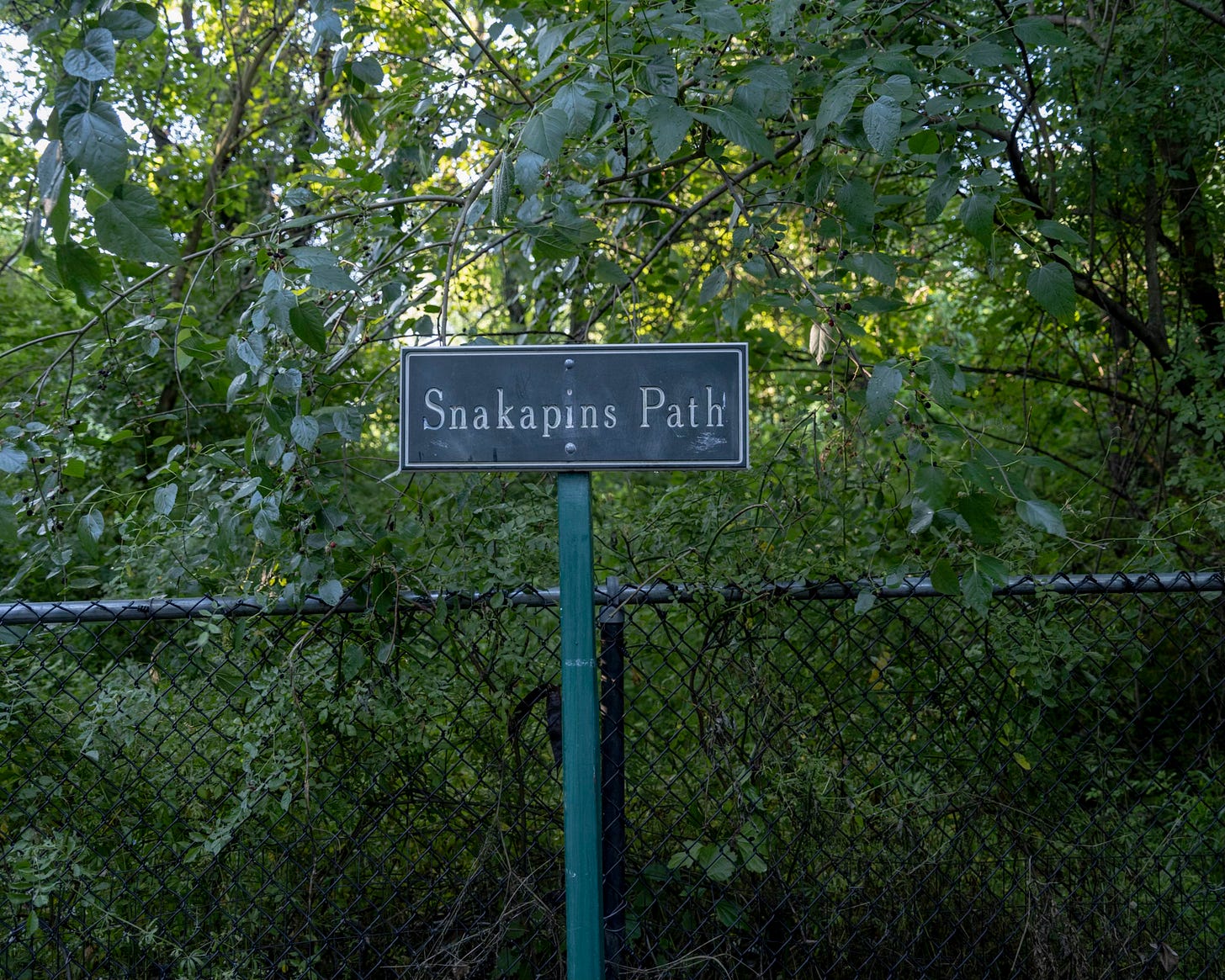



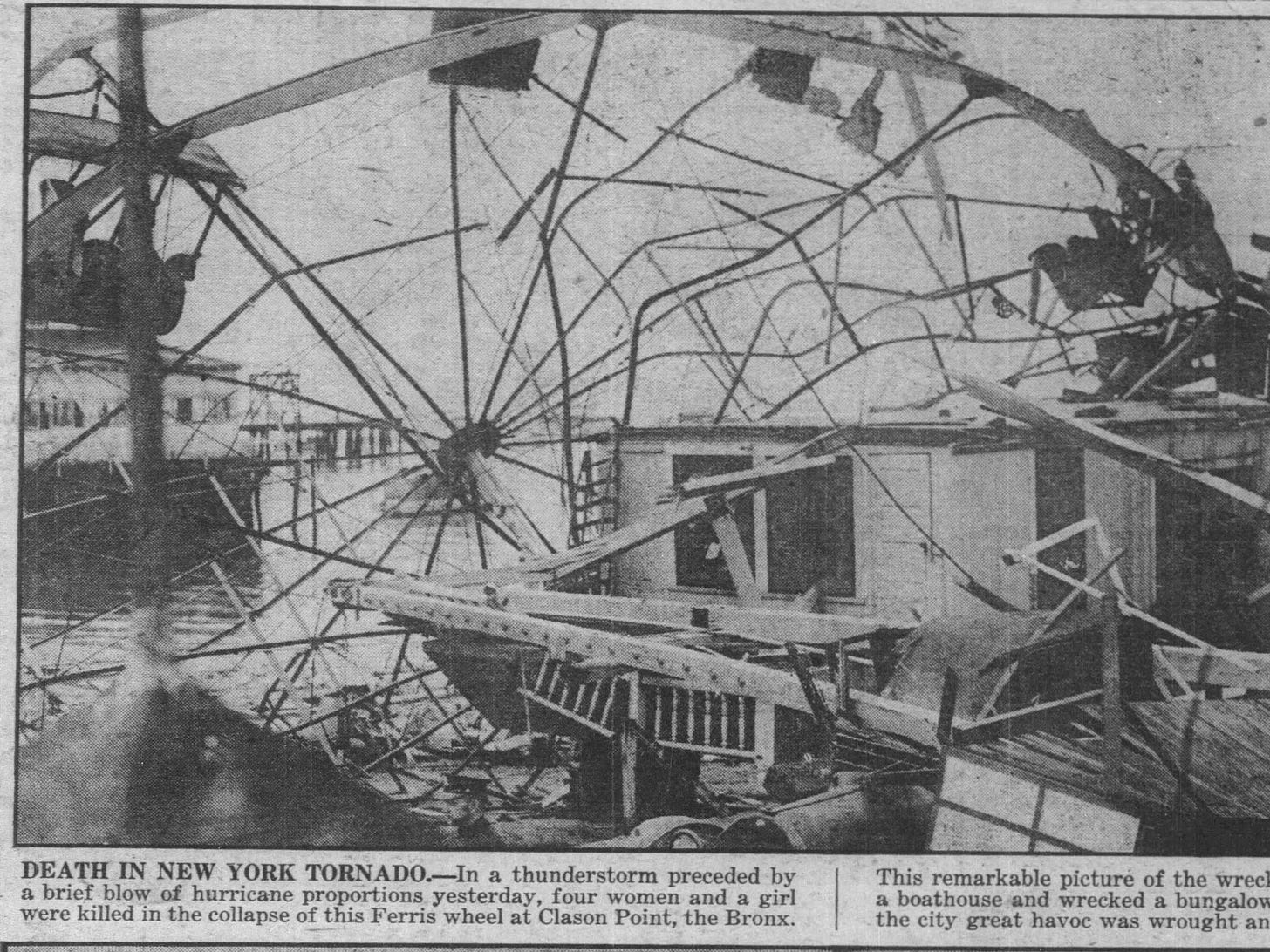
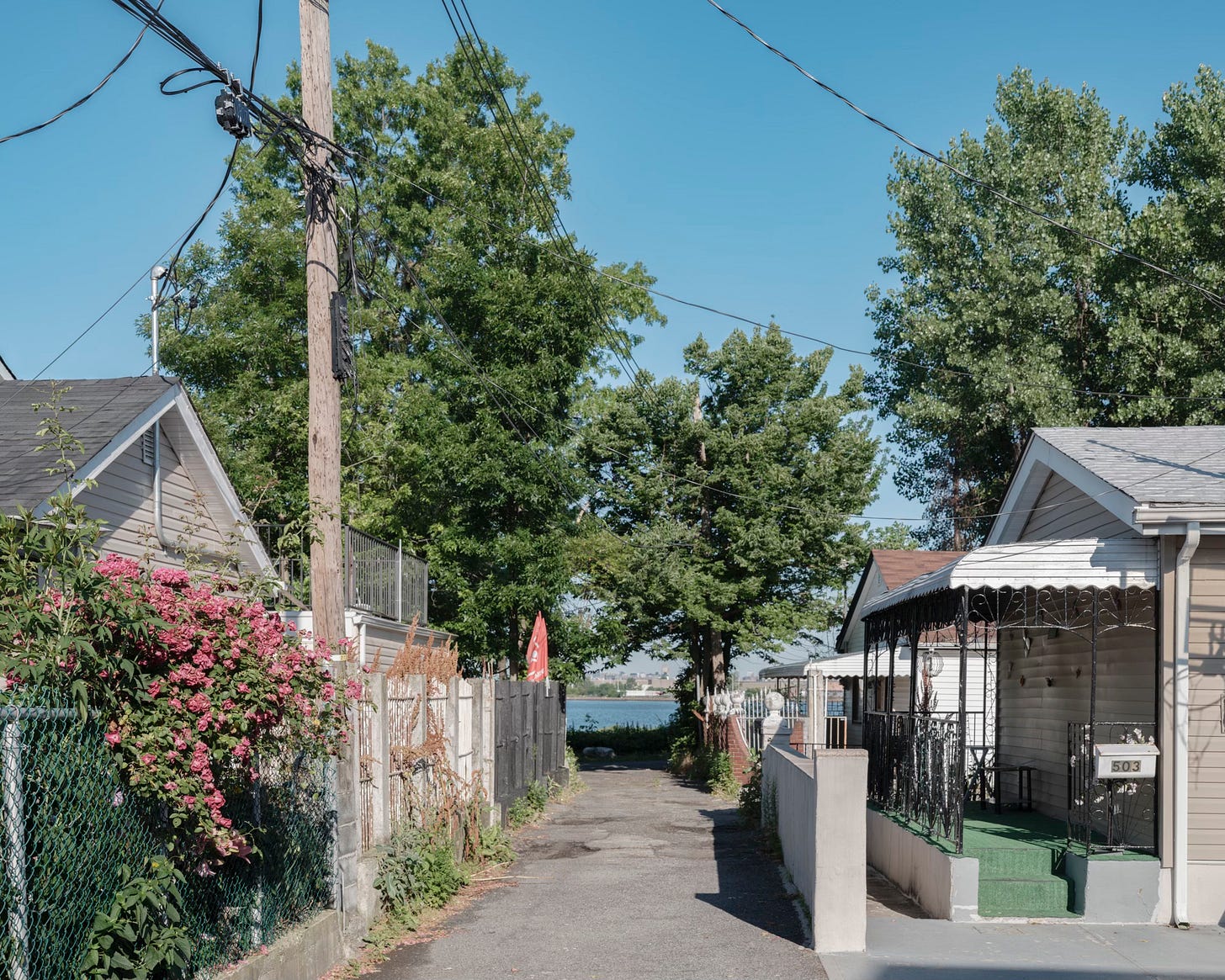



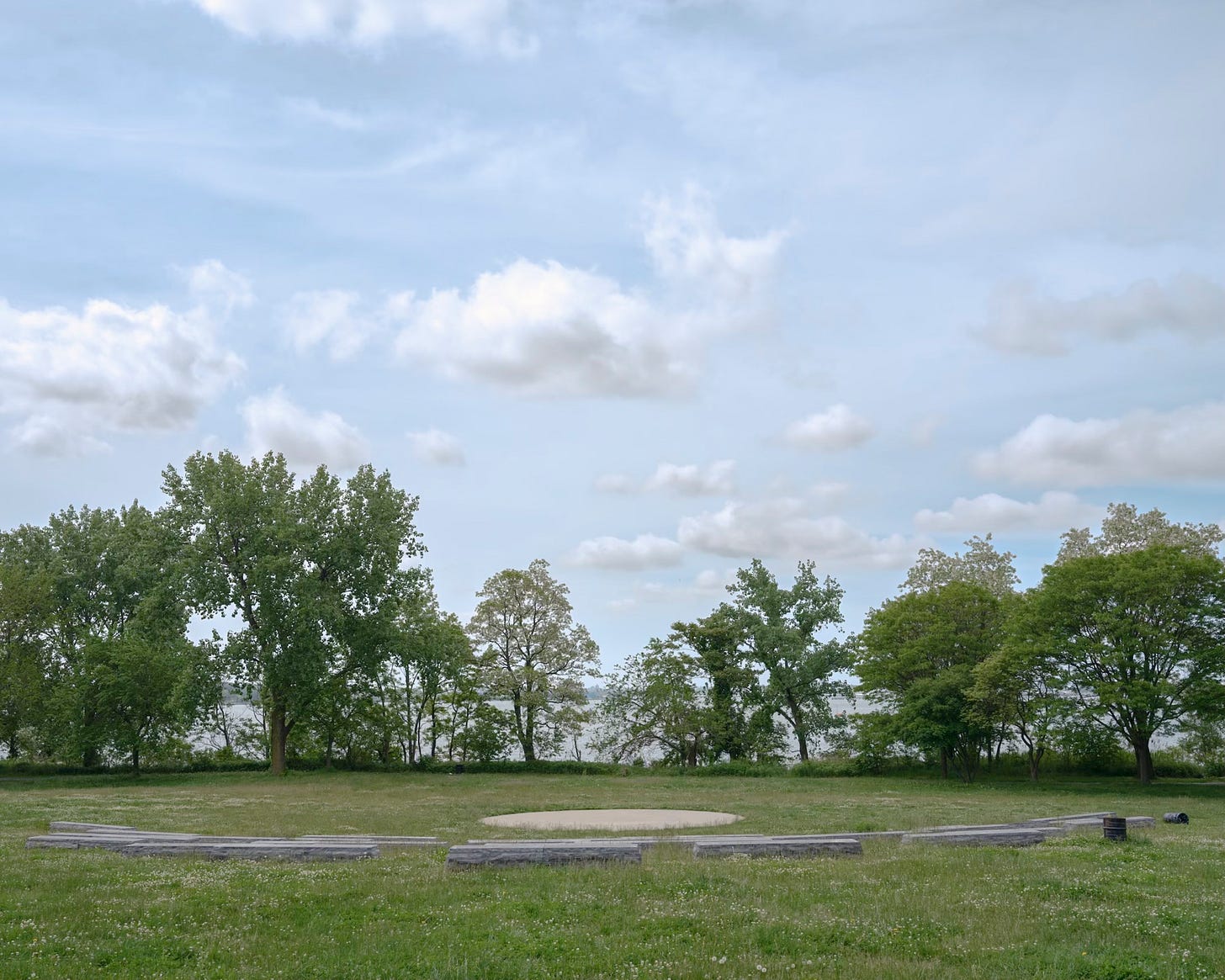
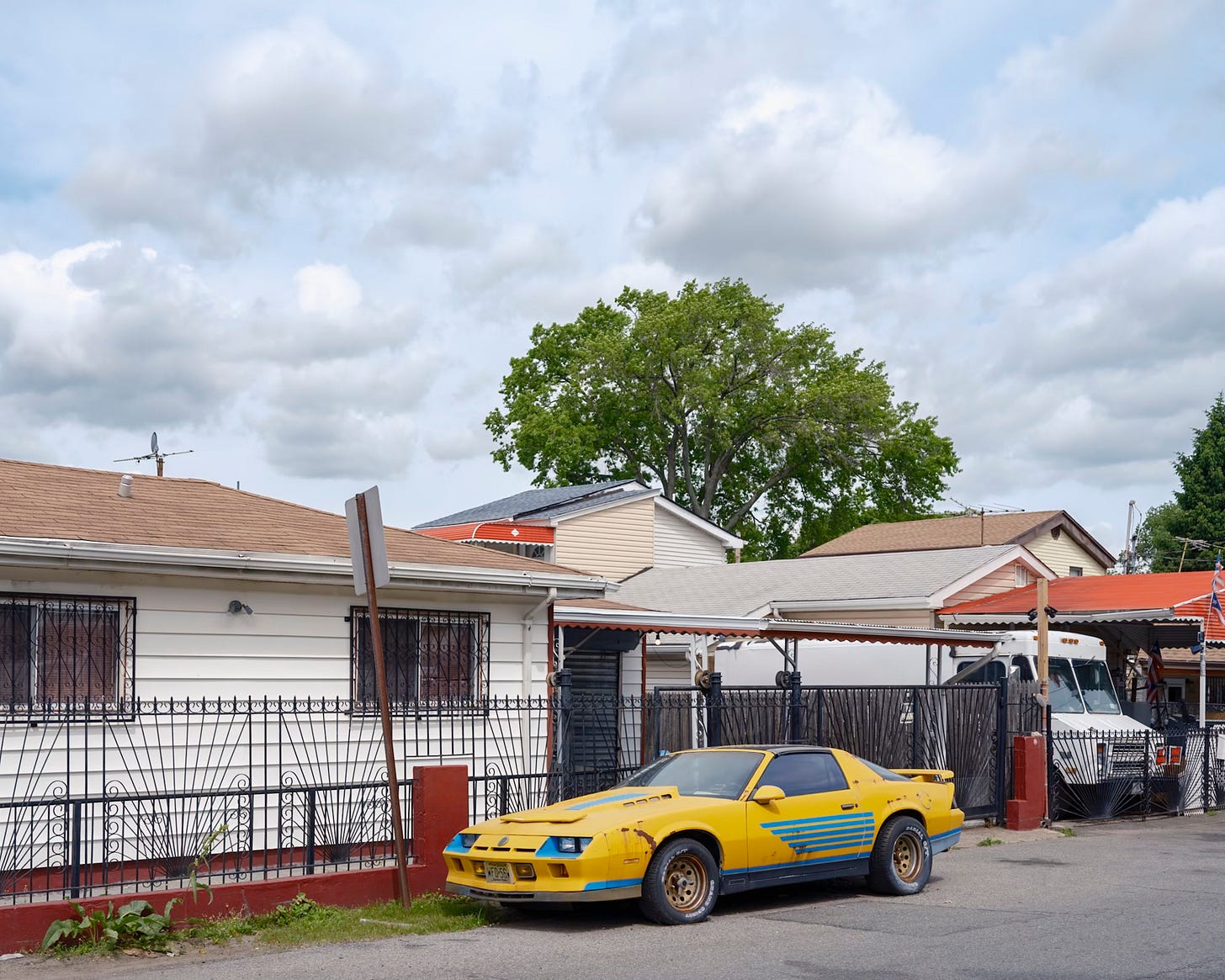
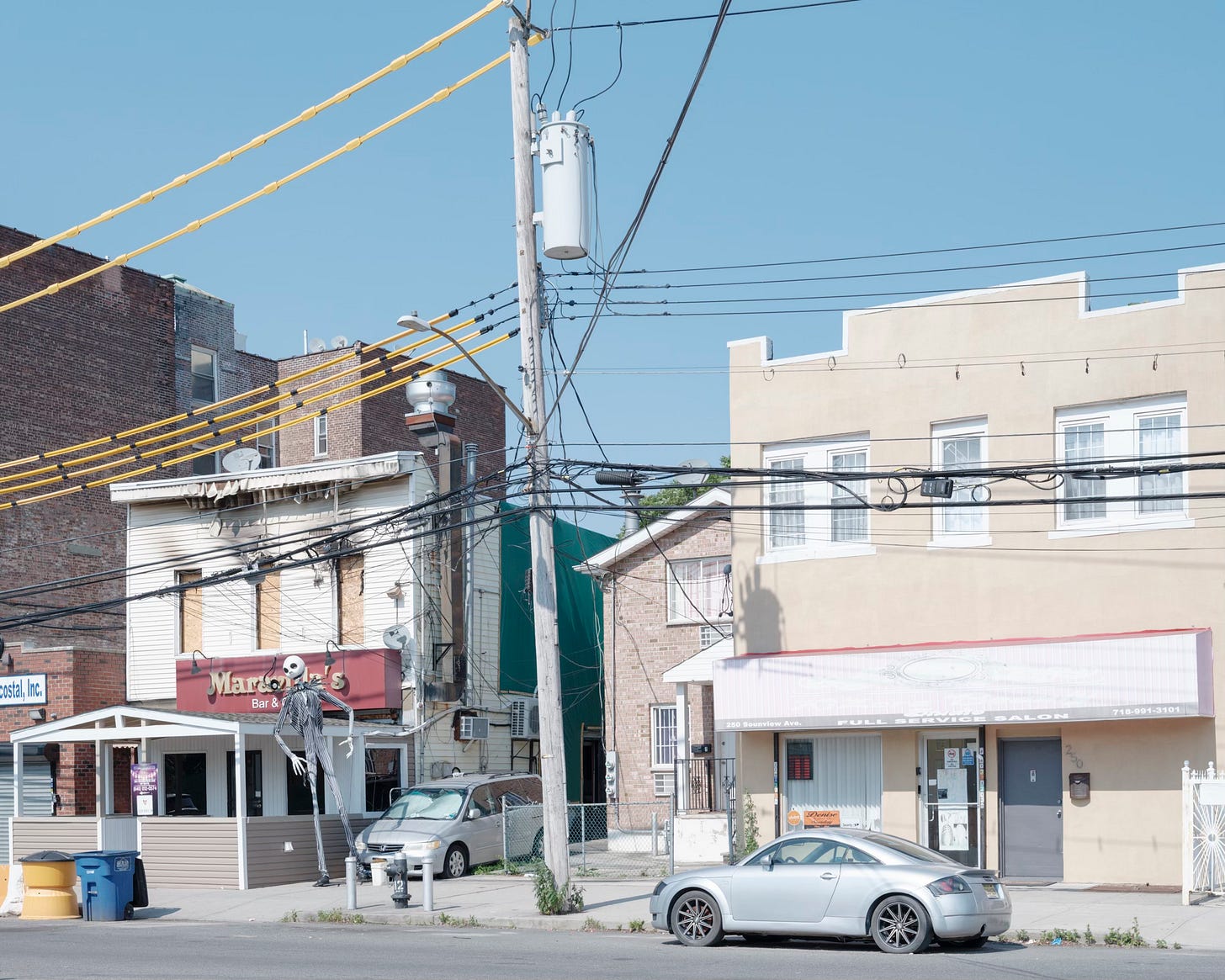
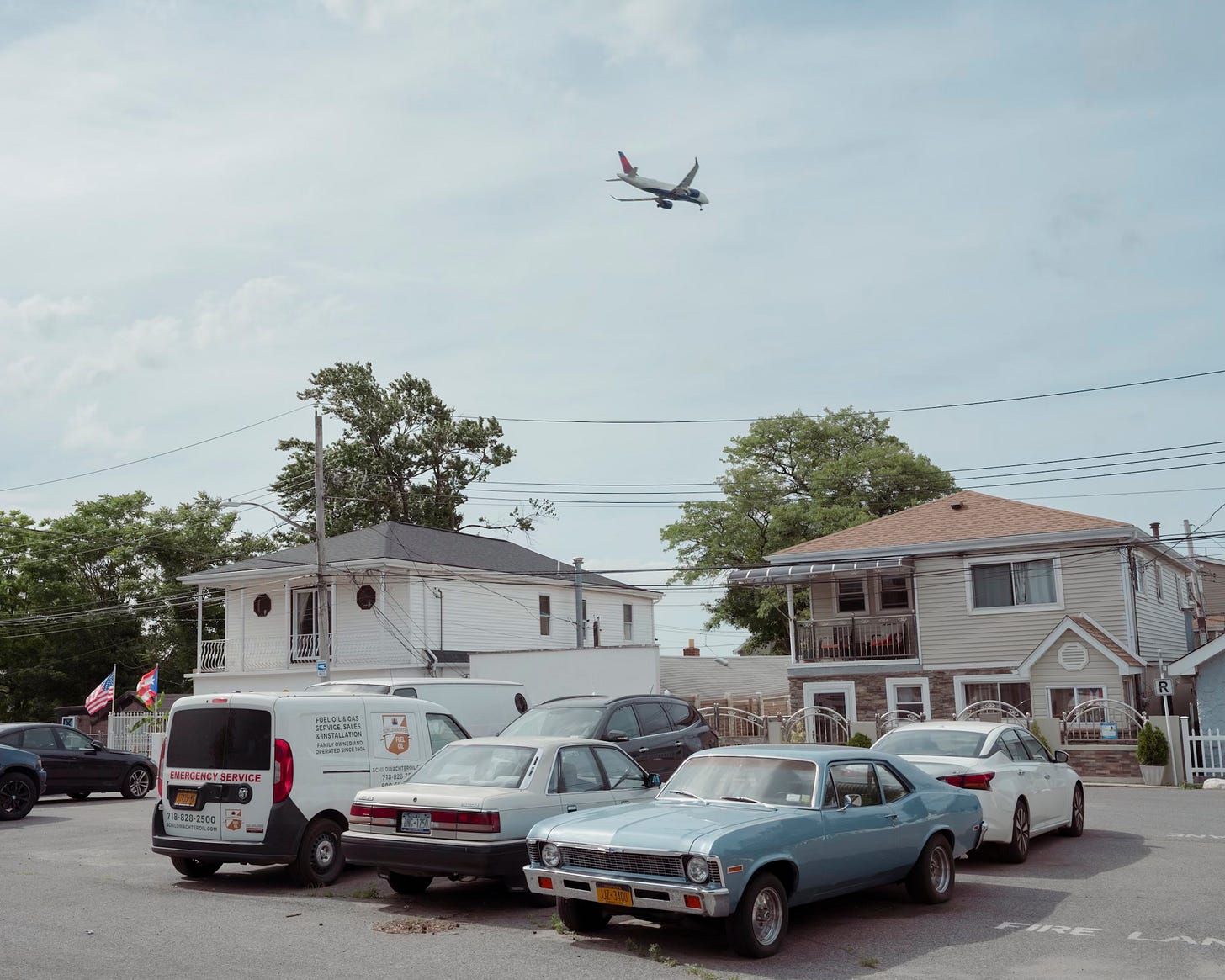

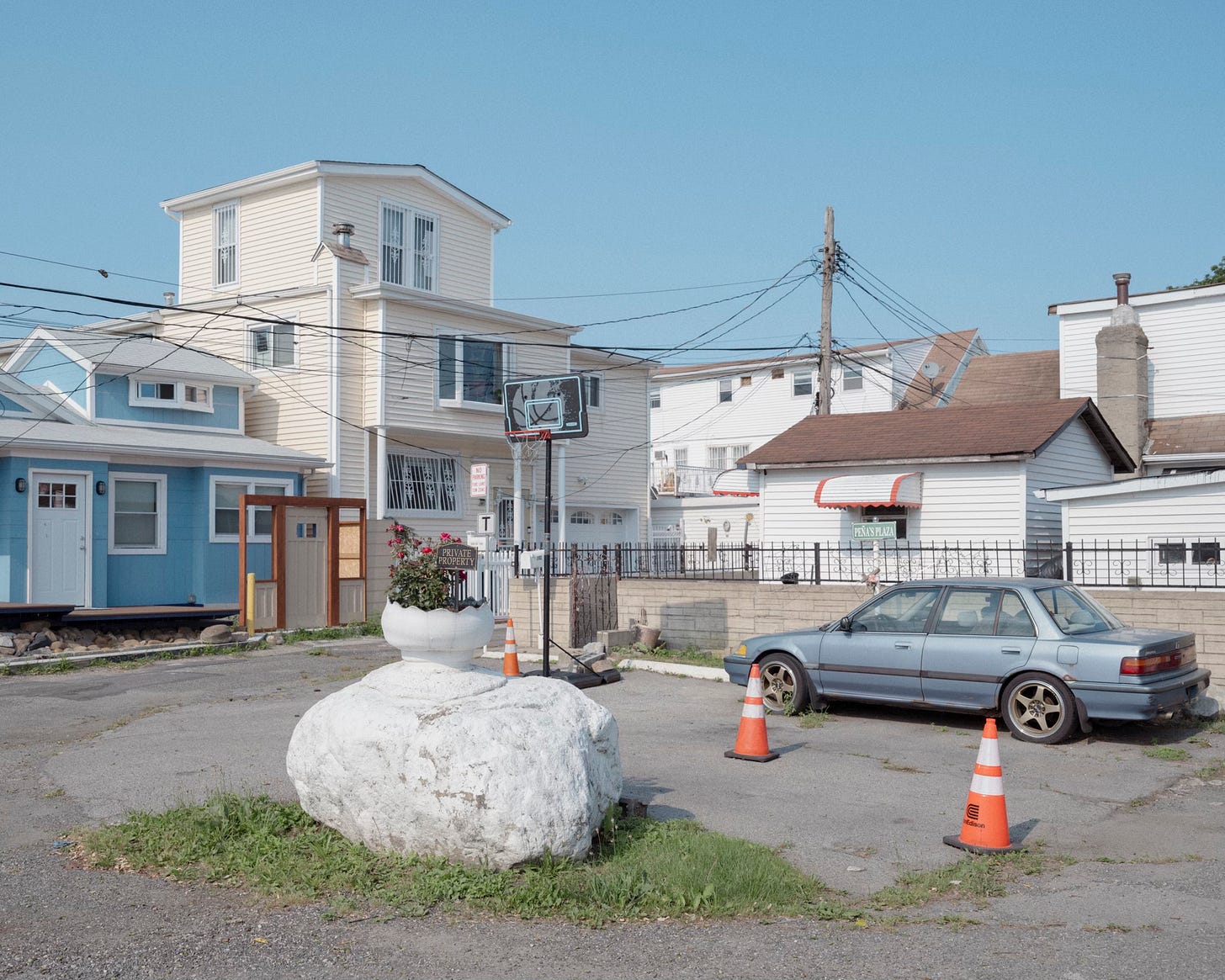
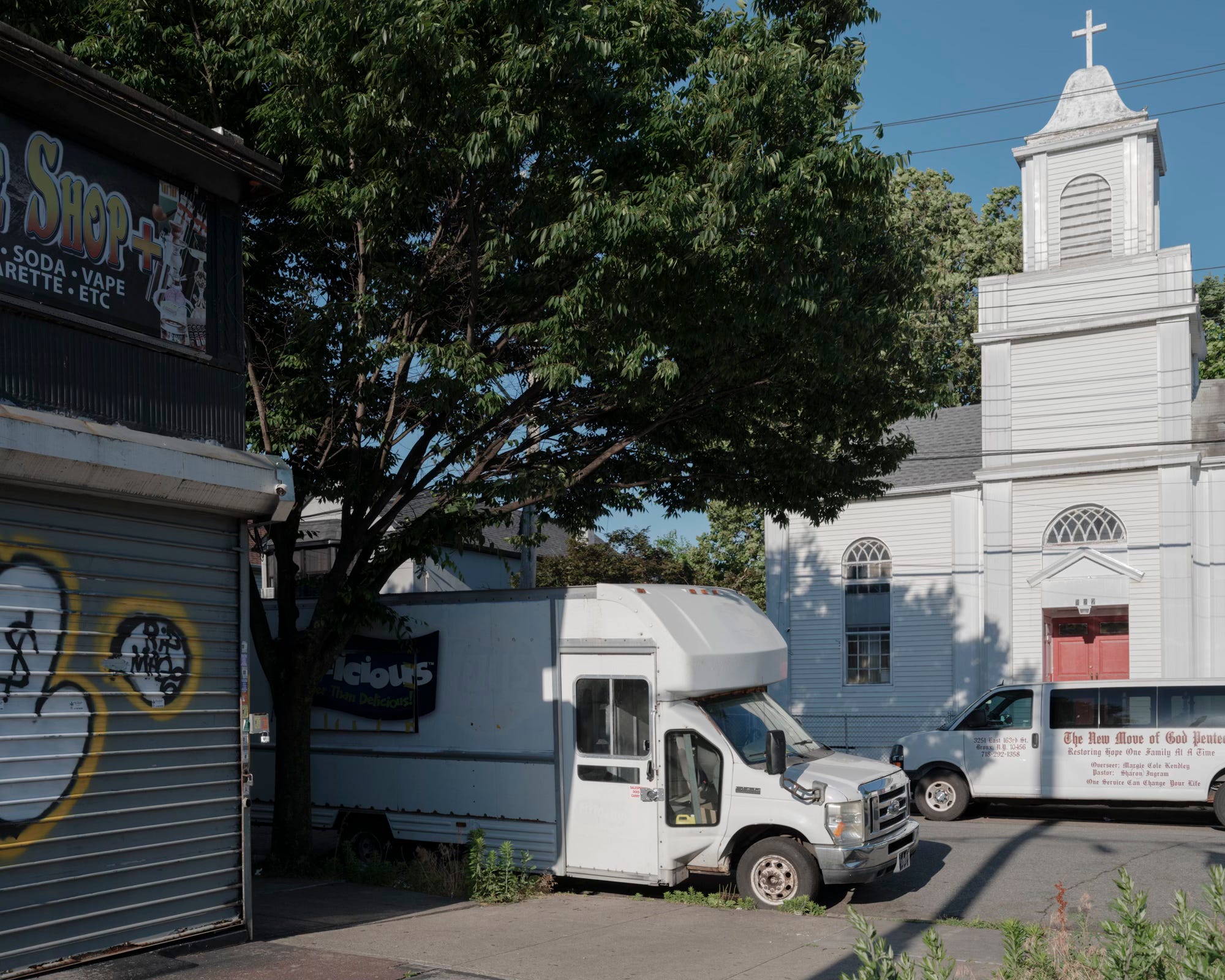
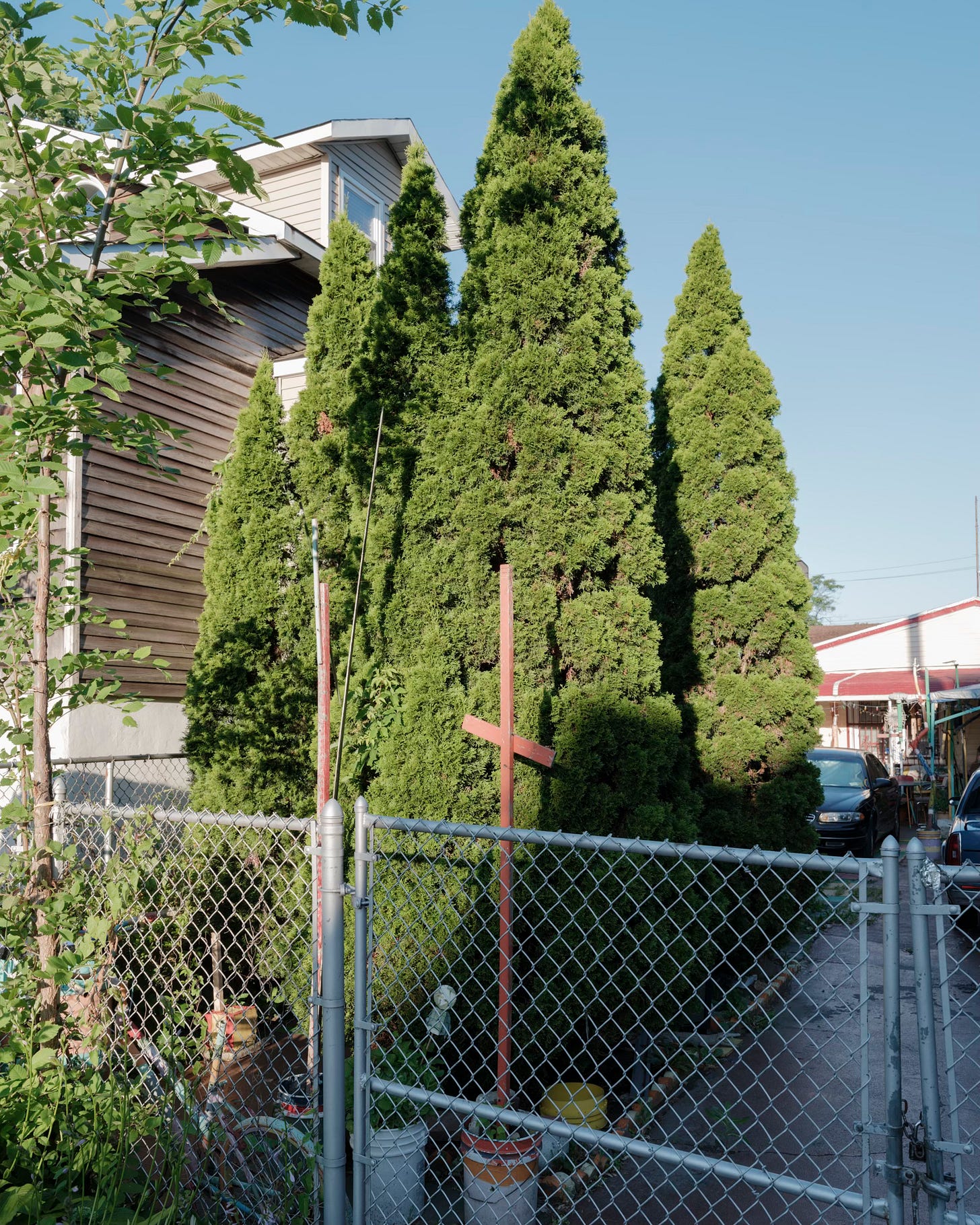

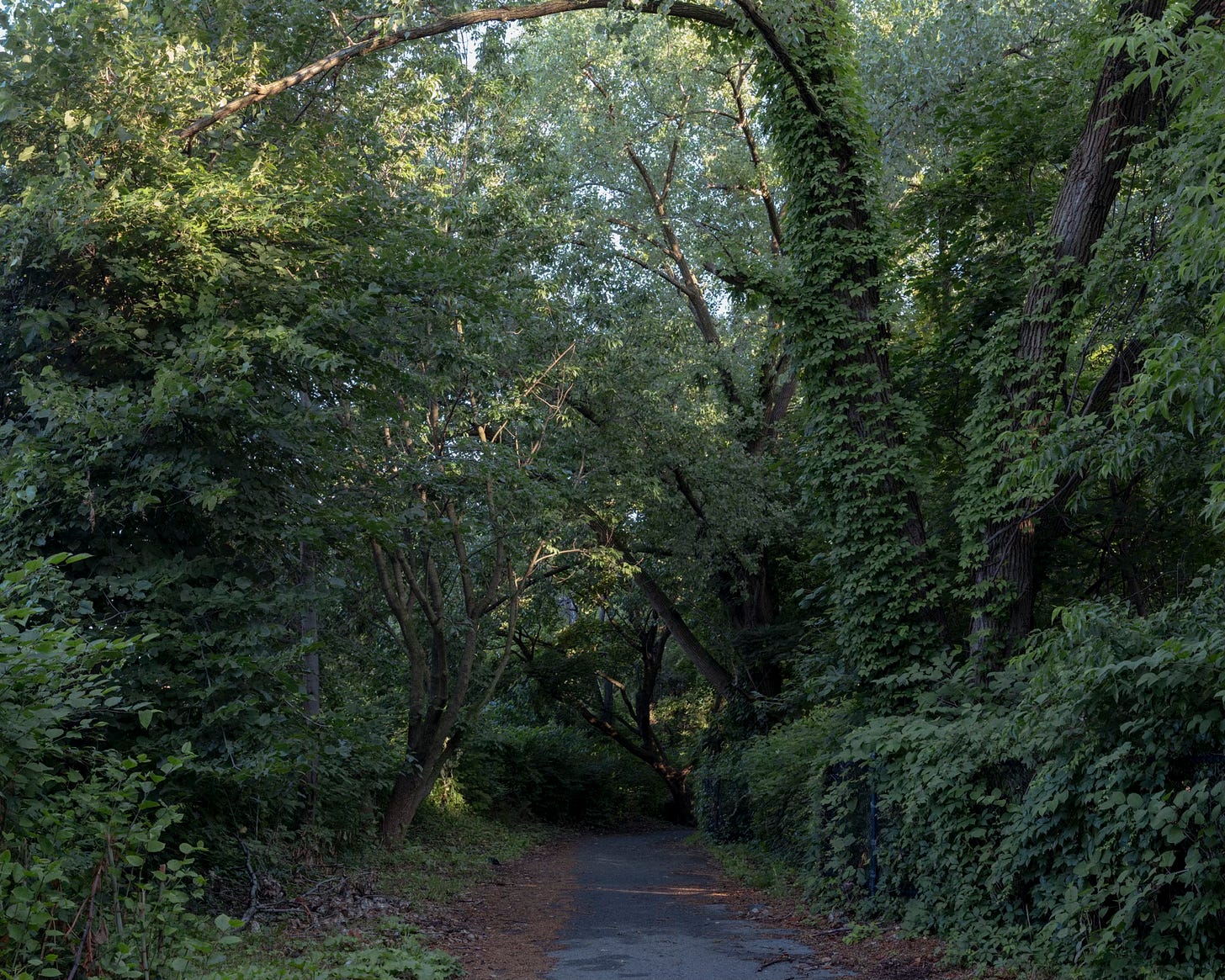
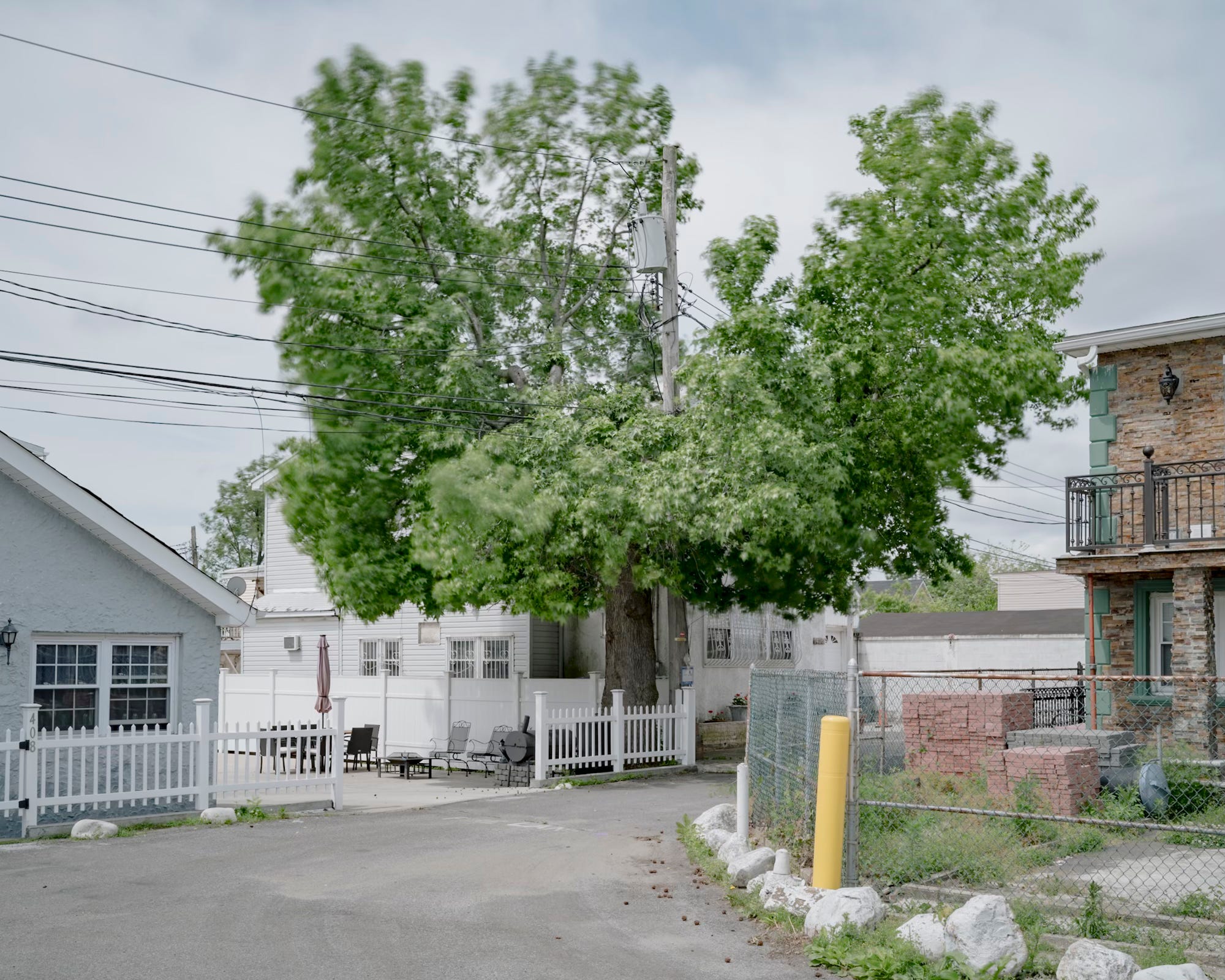
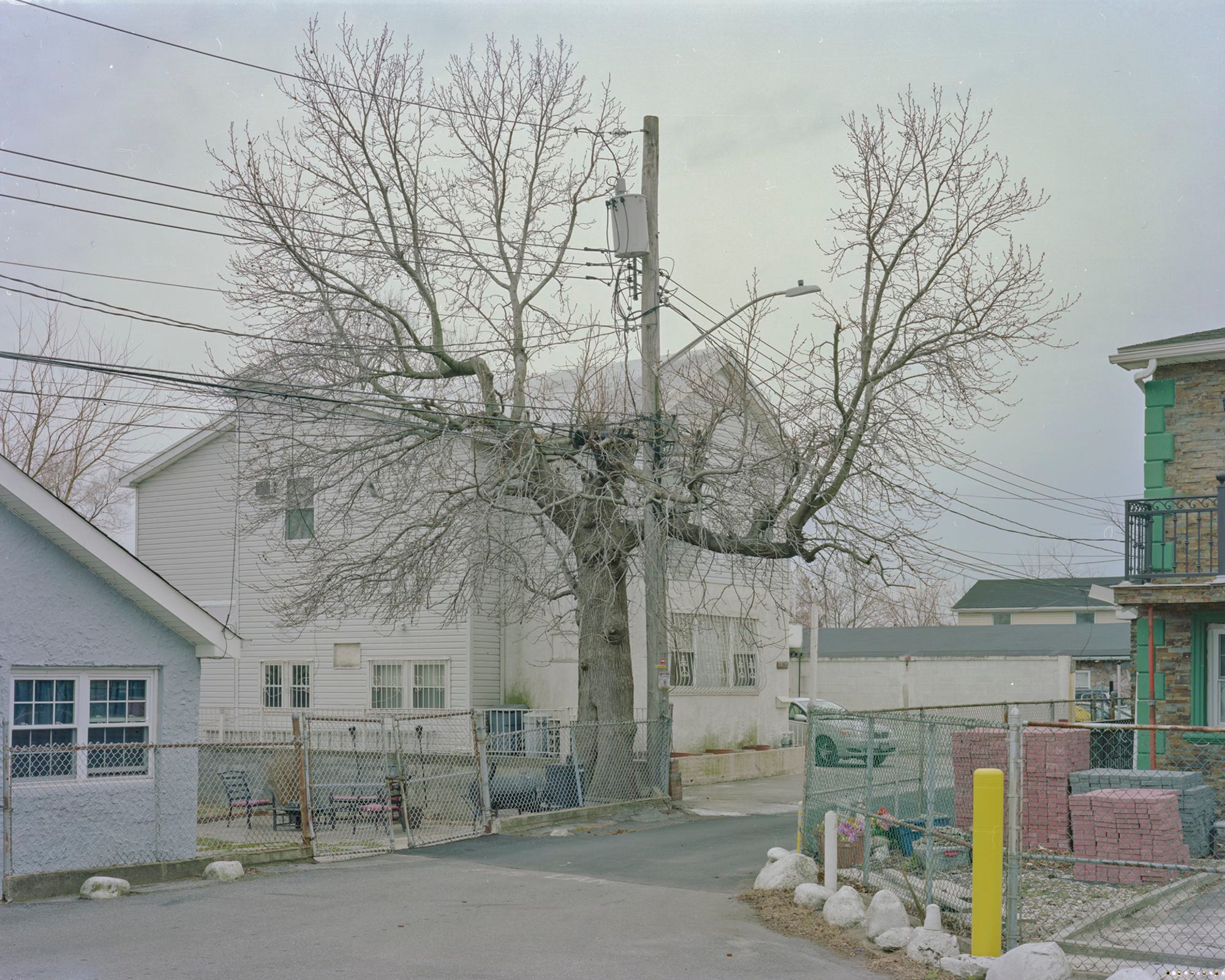
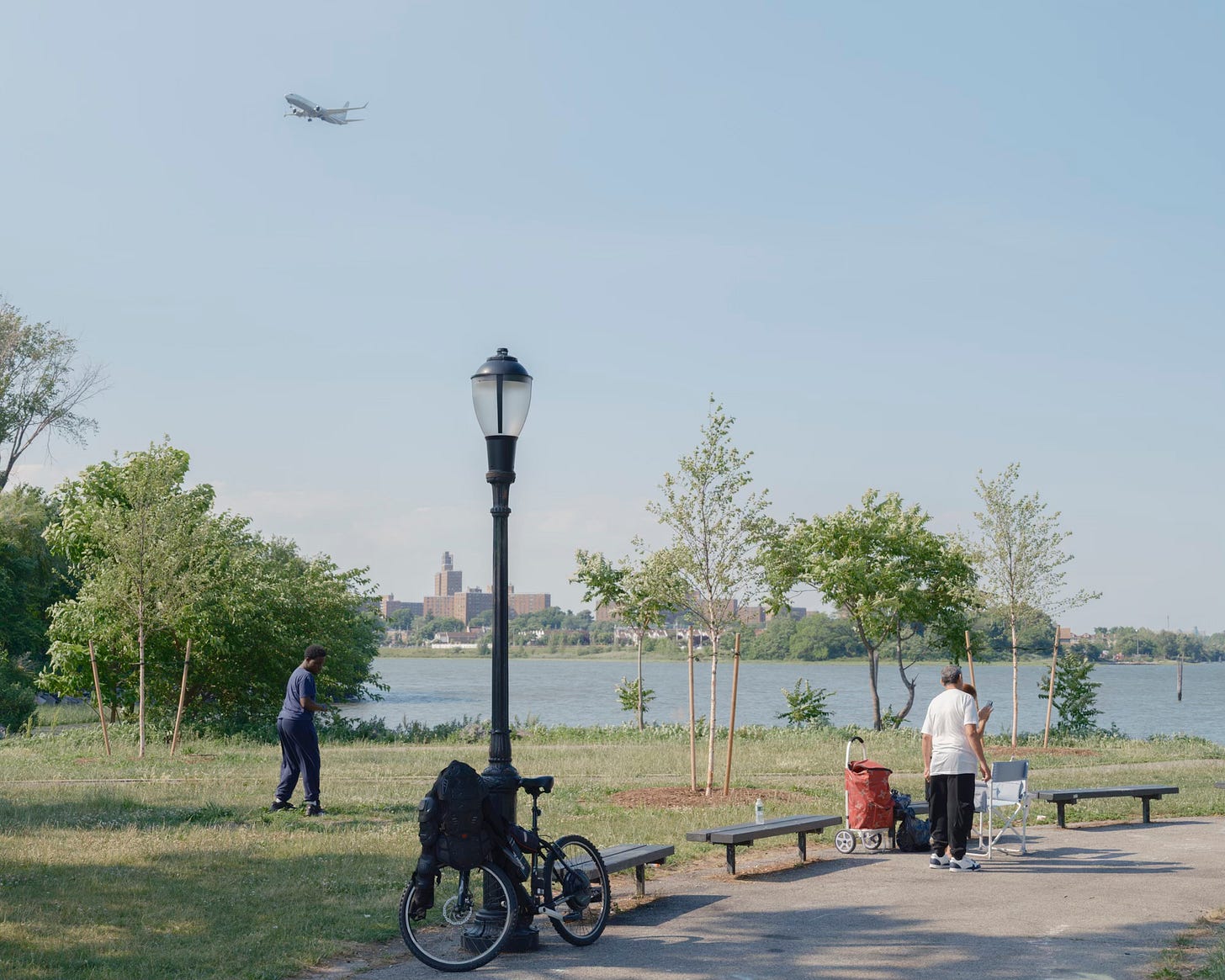
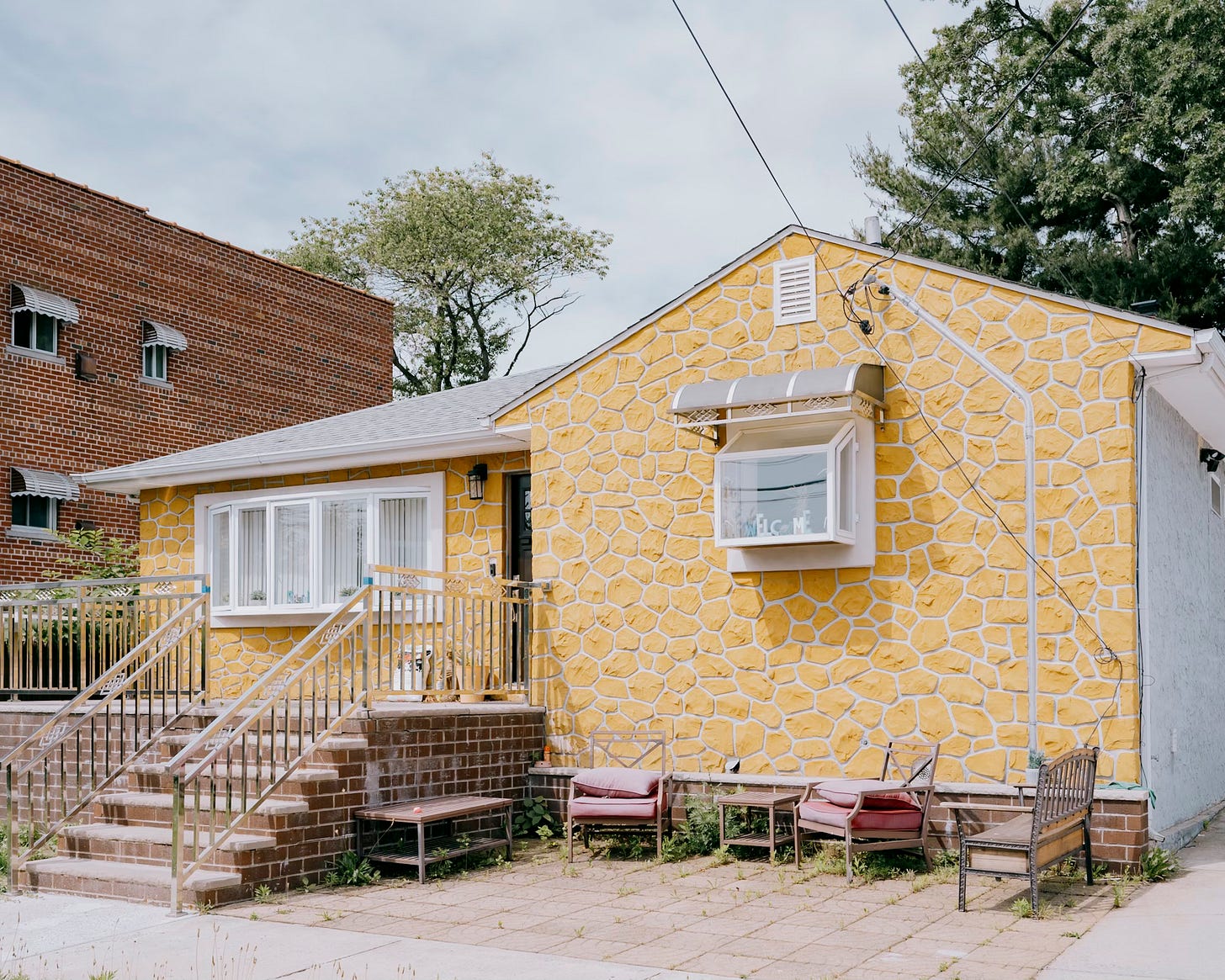
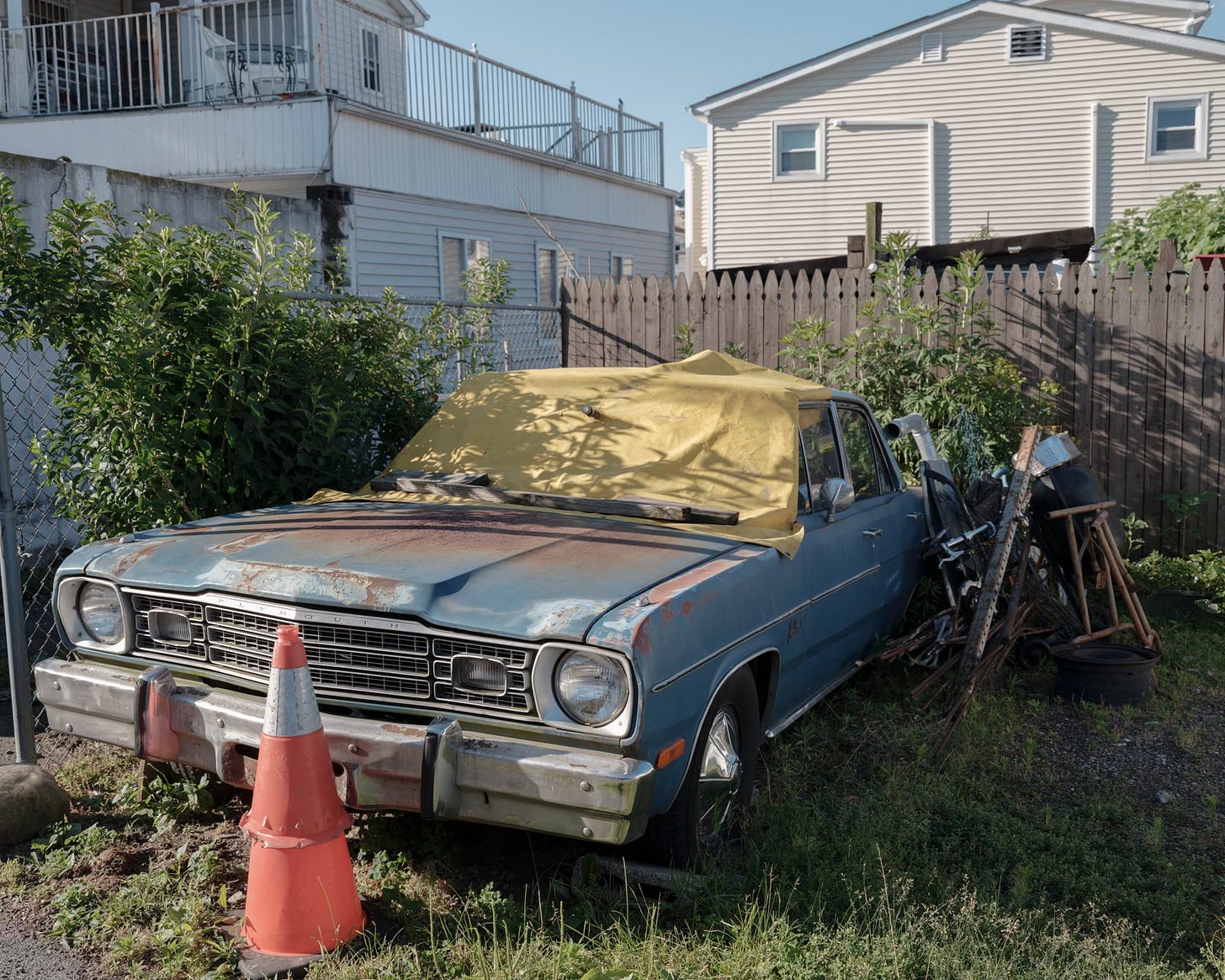
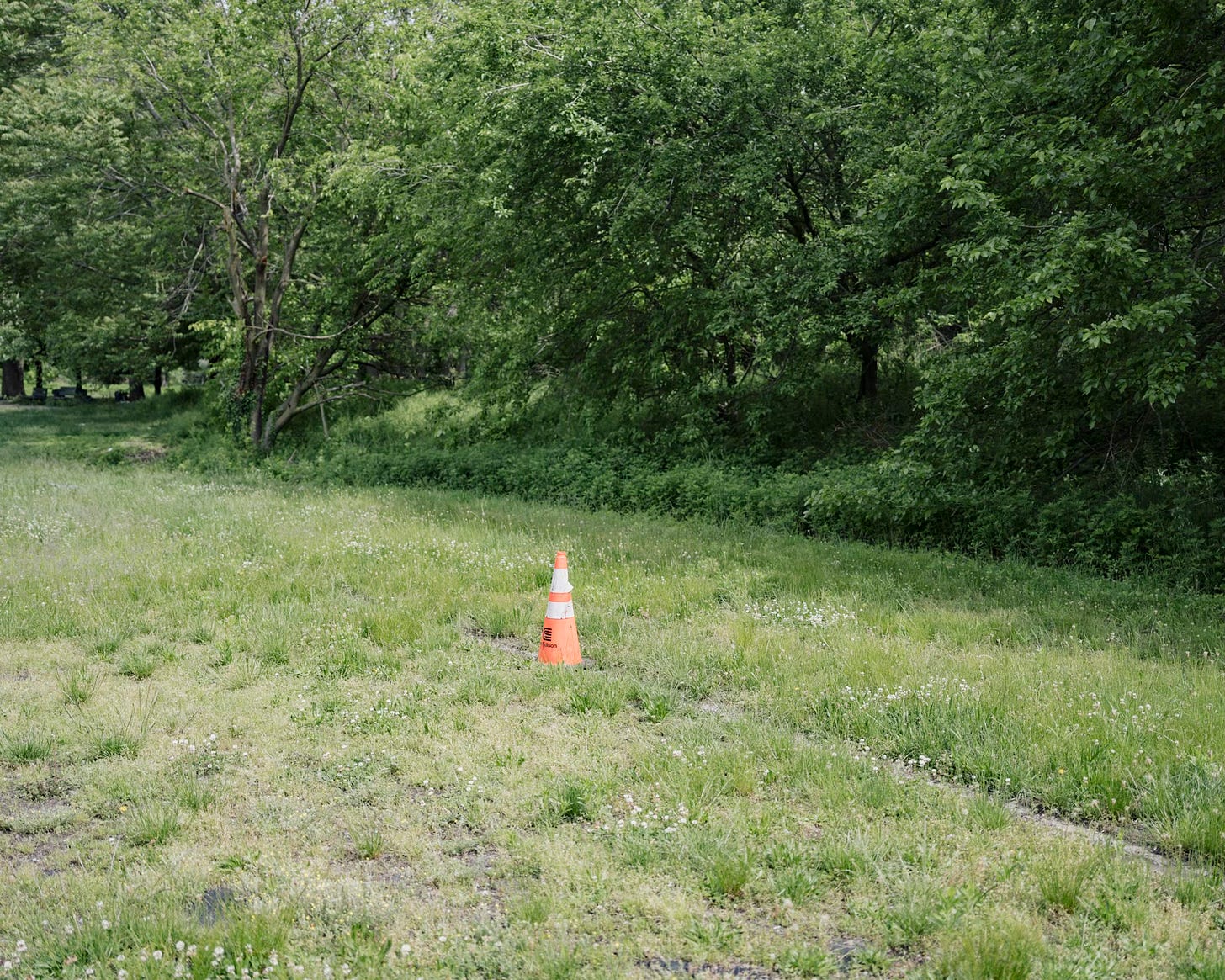
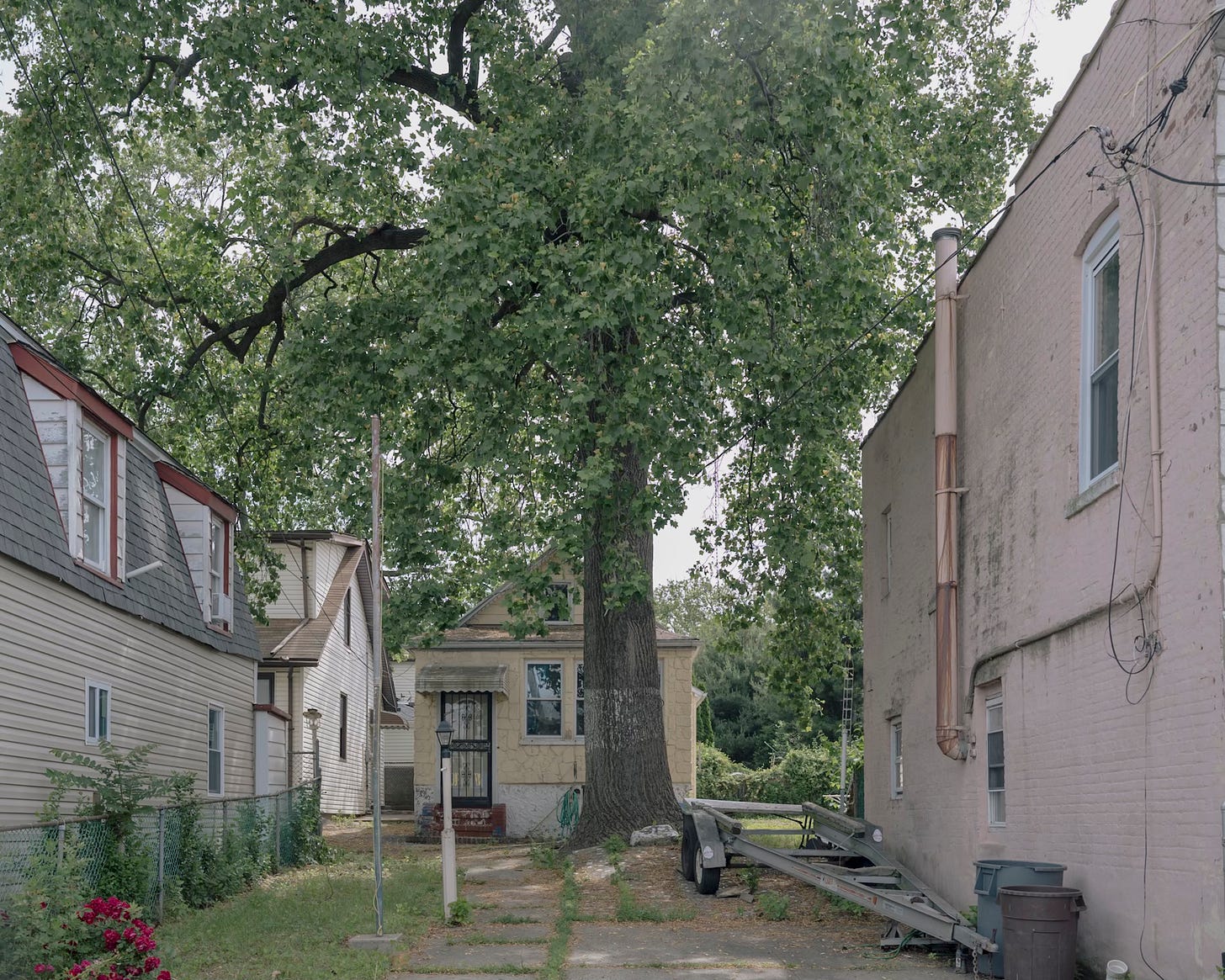


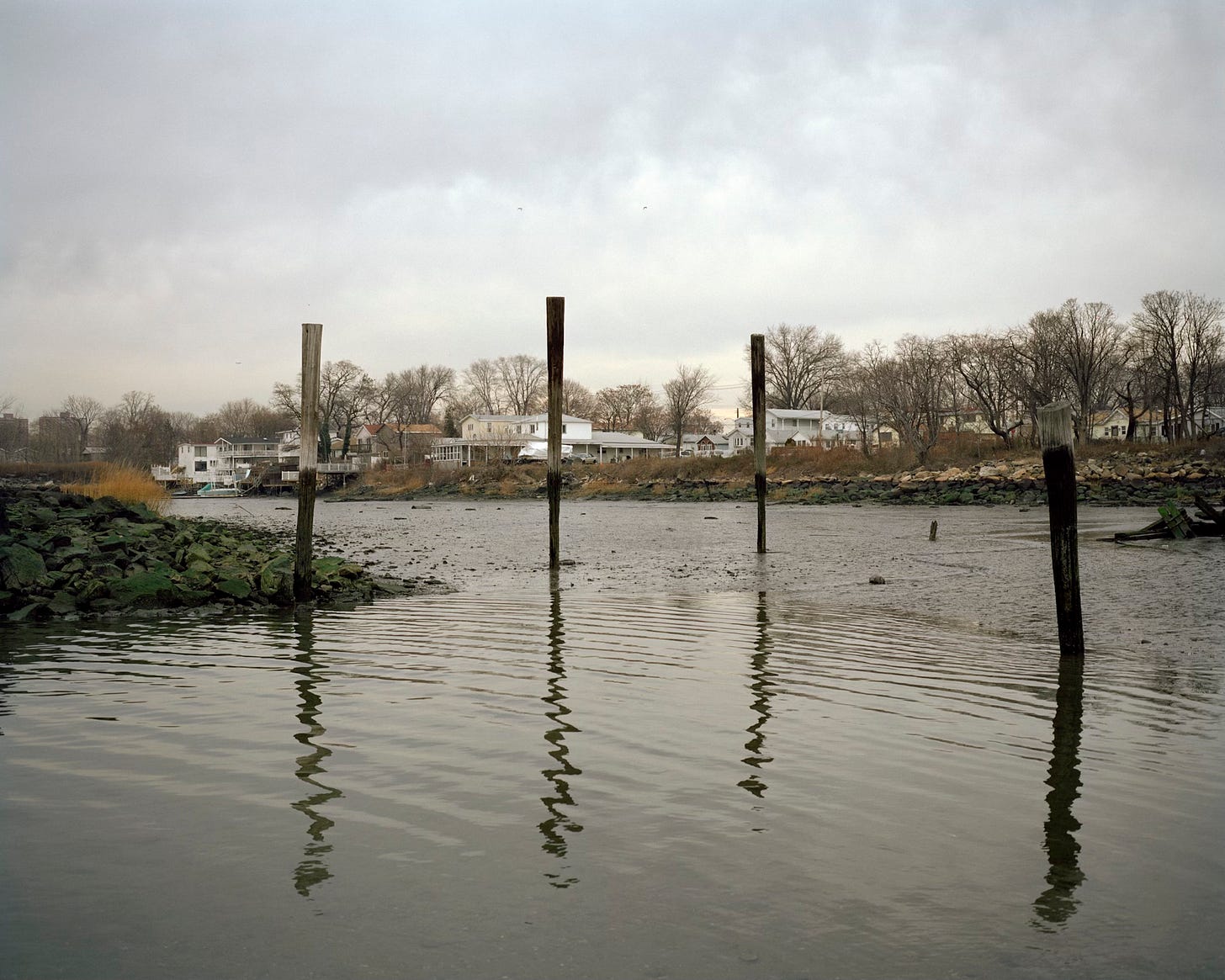


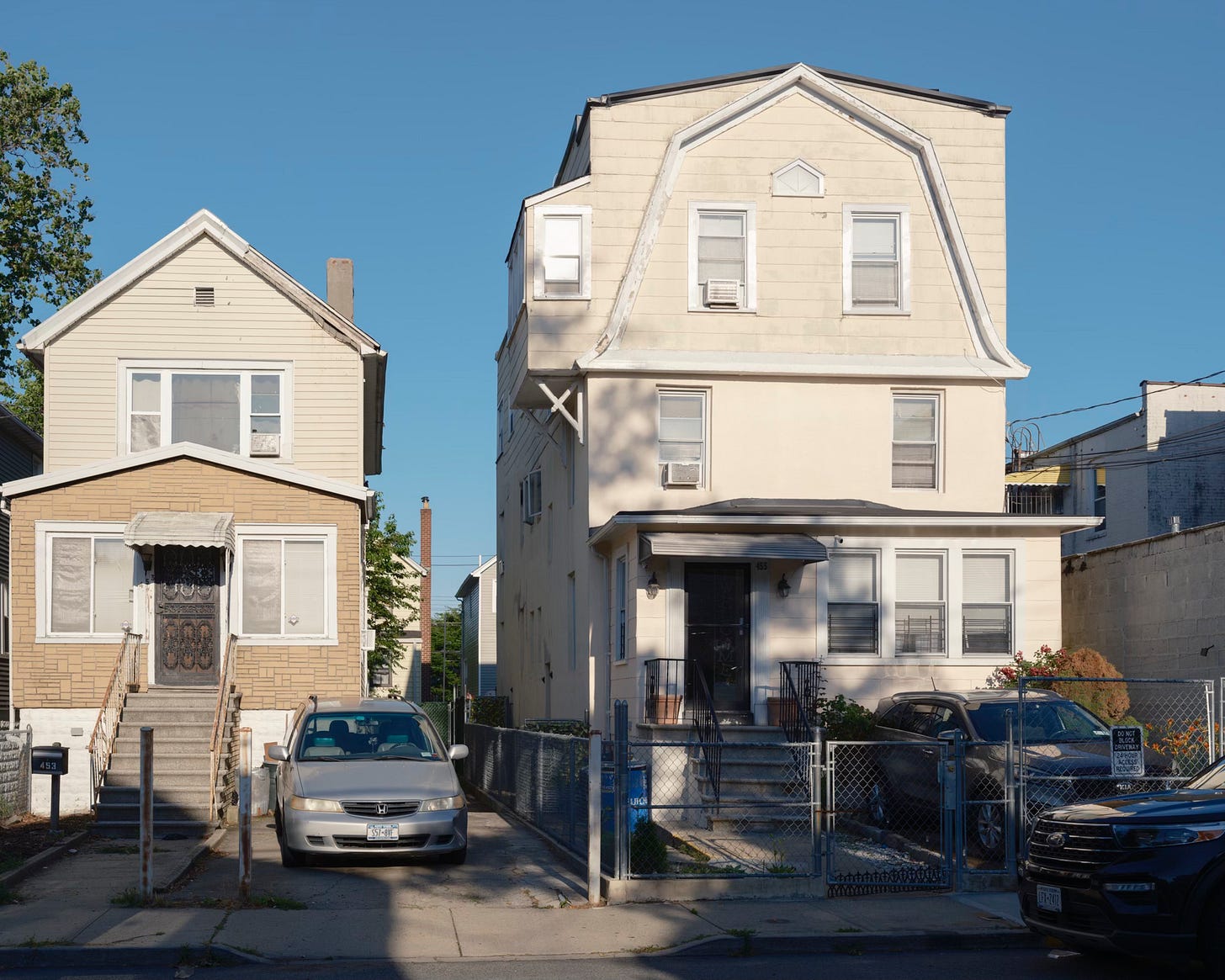
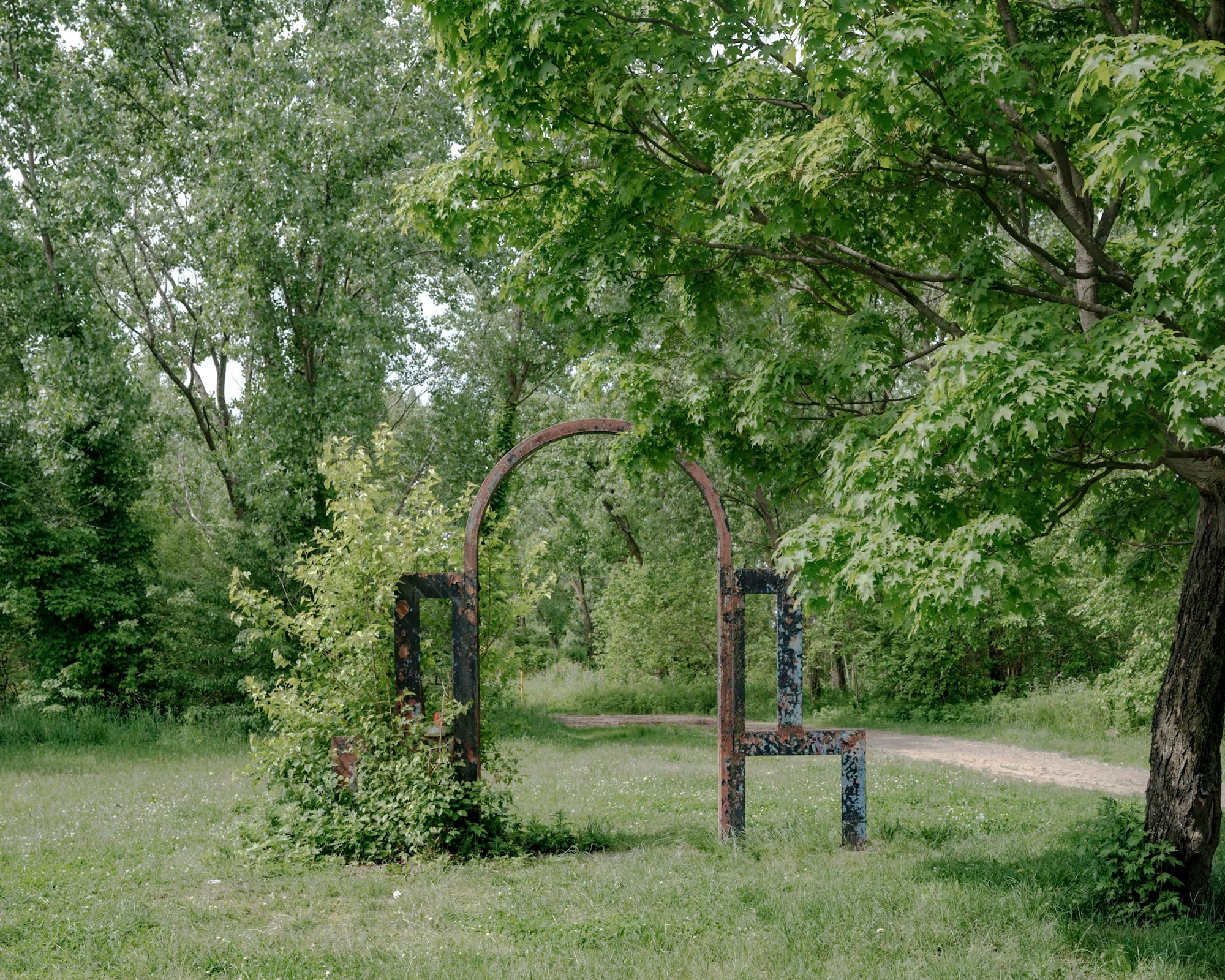



"It seems that every seaside city neighborhood in the early 20th century had its own amusement park..." This would be a very interesting topic for any potential scholar in American history to take up. You have shown me that there is a lot more to this topic in NYC than just the very familiar ones at Coney Island.
Love reading about ANY of Moses' failings!